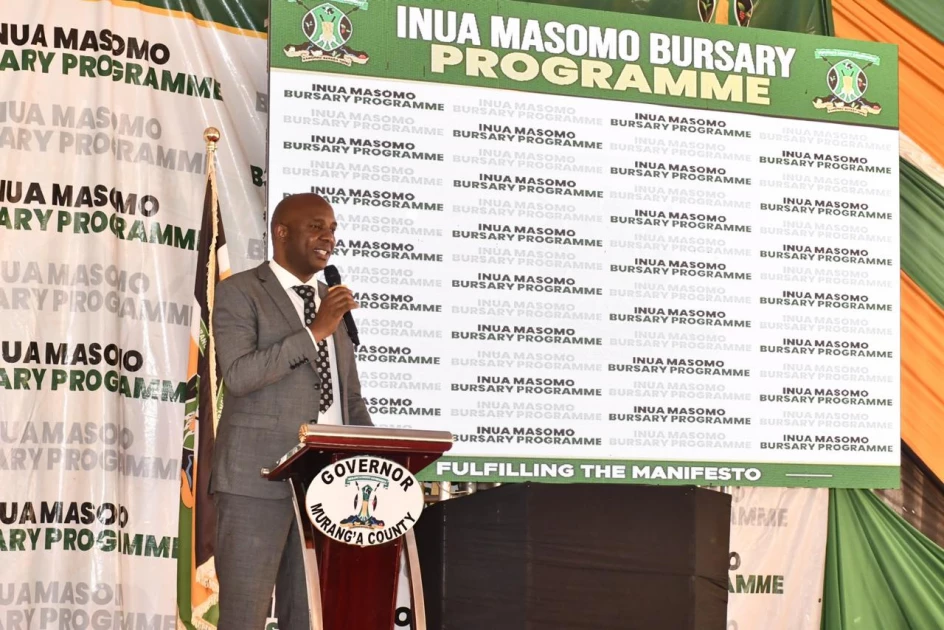In a certain heroic book titled Exploring Career Options, the author, Martin Kinoti, spells out to alternative routes of matriculating into university for pursuit of degree courses. Firstly, students that qualified, but missed admission into Kenyan public universities, on government support, joined private or public universities as self-sponsored students. In the recent past, in popular parlance, we termed them as Parallel or Module 2 Students. Secondly, there was the bridging route. Under this option, students bridged knowledge in subjects relevant to the courses they wished to pursue. In most cases, this was in Mathematics and Sciences. Thereafter, such students qualified to pursue a certificate or diploma courses acting as prerequisites for particular university degree requirements.
Comparatively, several countries such as United Kingdom, Australia and South Africa, have similar programmes. In the United Kingdom, they describe bridging courses as Access to Higher Education Diplomas. They are 1 year (full-time) or 2 years (part-time) diploma courses that target students that fail to meet the minimum university requirements. Likewise, in Australia, such programmes feature predominantly as Enabling Programme and Bridge the Gap in University, qualification for struggling students, particularly those who hail from the marginalised groups. Then, in South Africa, it is imperative that a student sits for the Matriculation Exam (Matric). In a colossal sense, the results in Matric determine the entry into a particular programme. Conversely, if a student fails to attain a grade to pursue a particular course, the learner has the latitude to enroll for a bridging course.
As a scribe, as I sit to write this piece at the Penman Centre in Nairobi, I am not averse to this perfect arrangement by government. Foremost, the university cut off point stands at a C+ (plus) of 46 points. This is according to Kenya Universities and Colleges Central Service (KUCCPS). Scoring what I have just cited permits a student to matriculate directly into university to pursue a degree course. Then, there is the new development, bridging courses, which will be a corollary to increased enrollment in universities. Recently, a document seen by fellow scribes at The Standard reveals that students who miss the required points in KCSE will be allowed to bridge for degree courses. Some of us who read the newspapers with real zeal and trenchant zest read the story splashed in The Standard of Friday, July 21, 2023. Fellow penmen talked of a document titled Cabinet Memorandum on Provision of Bridging Programmes to Support Access to Quality University Education.
Just to apprise you about it. The Cabinet approved the bridging programme, and directed the Ministry of Education (MoE) to develop good guidelines that will permit impressive implementation of the courses. The Cabinet memorandum indicates what has led to the re-introduction of bridging courses. What is it? The strict entry requirements to Kenyan universities that has limited students’ chances to pursue degree programmes. Over the years, the performance in KCSE has plummeted. Somewhat, an average of only 20% of candidates sitting for KCSE, proceed to university.
Therefore, the new move focuses on making universities more inclusive, equitable and sensitive, even to students who perhaps struggle academically. This will be a reprieve to universities, which have suffered for 5 years due to the drop in the varsity enrollment. It will also be a sigh of relief to public and private universities giving a new gateway to the institutions: to increase the number of students that enroll under the self-sponsorship programme, which to them, is a major source of revenue. Meaning, to them, there is a beacon of hope, and a ray of bright light. Soon before noon, their businesses will be a going concern.
Earlier, universities relied on Parallel or Module Programmes to survive and thrive. This cash cow kept them afloat. This saved public universities from cash crush, which has hit them hard in these times and climes. But the programme crumbled like eggshells after the radical and rapid reforms in the management of the national examinations in secondary schools, which reduced the number of students joining universities. In 2016, it was shell-shocking that only 141 candidates scored straight A’s in KCSE.
Ideally, this is not the first time bridging courses are finding their way into our bubbling and gurgling fountains of knowledge. In actual sense, they existed between 2008 and 2016. However, they became defunct after drastic decline of learners making it to universities. Under the previous bridging programme, the upgrade programme featured in two variations. The first one targeted the students who qualify for direct entry into university, but fall short of the required grade in the requisite subject by 1 point for the degree courses of their choice. Then, there was there was the Pre-University Programme (PUP), which was a well-thought-out bridging course spanning for 6 months. Again, it was for post-secondary school students that failed to achieve grades needed for direct entry into university, missing it by one point.
The writer rolls out career talks and training programmes. vochieng.90@gmail.com. 0704420232
By Victor Ochieng
© Victor Ochieng’
Get more stories from our website: Education News
To write to us or offer feedback, you can reach us through: editor@educationnews.co.ke
You can also follow our social media pages on Twitter: Education News KE and Facebook: Education News Newspaper for timely updates.






